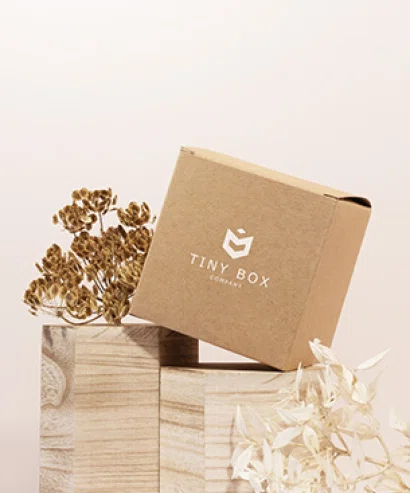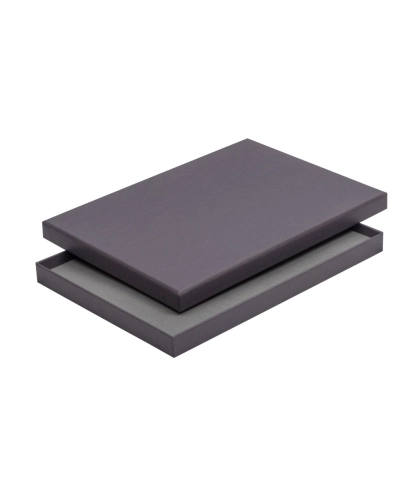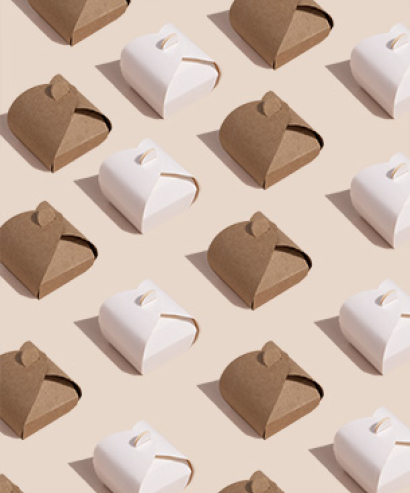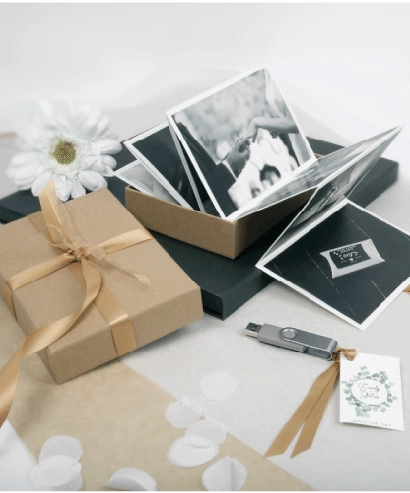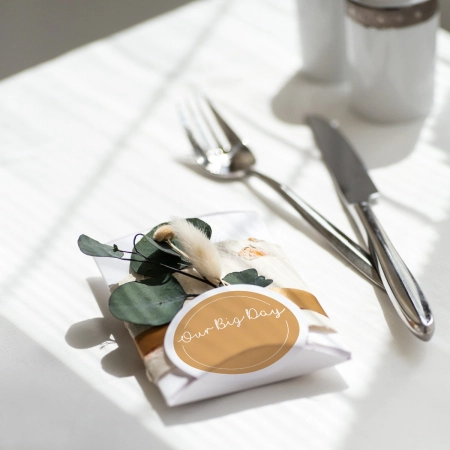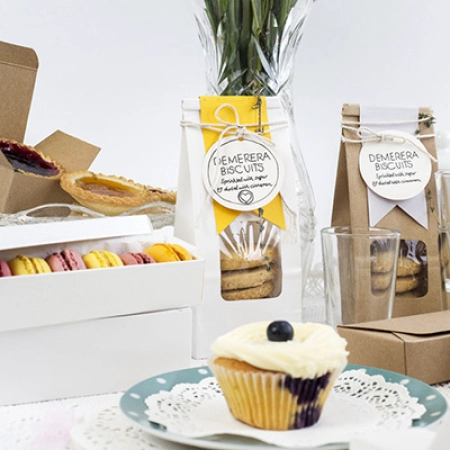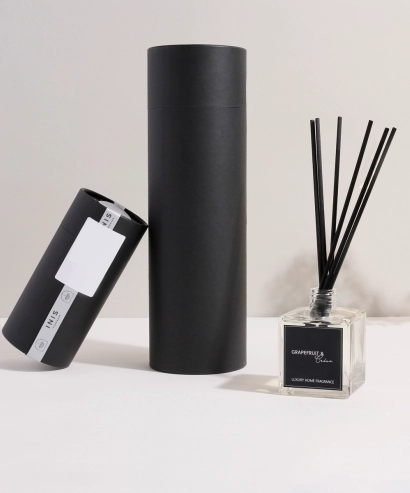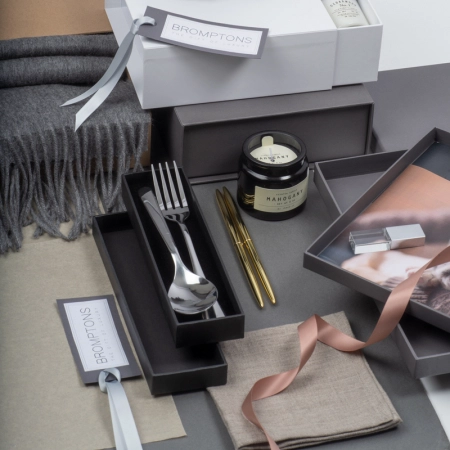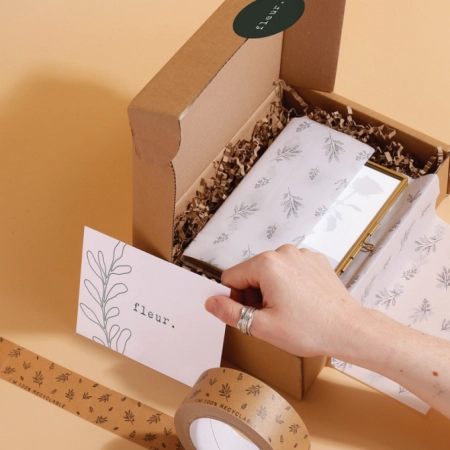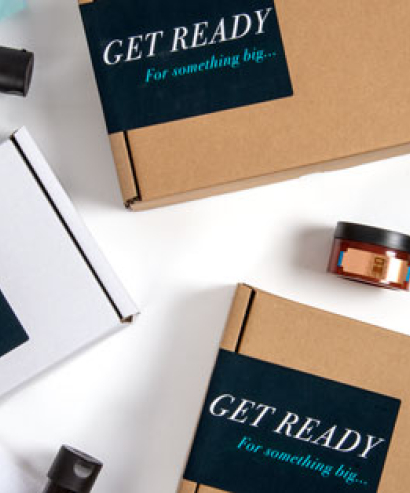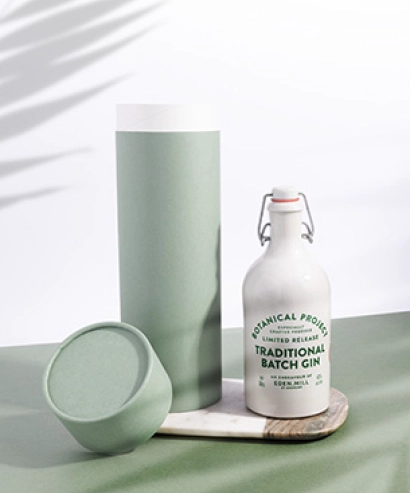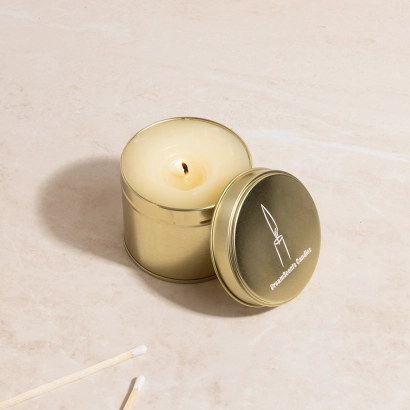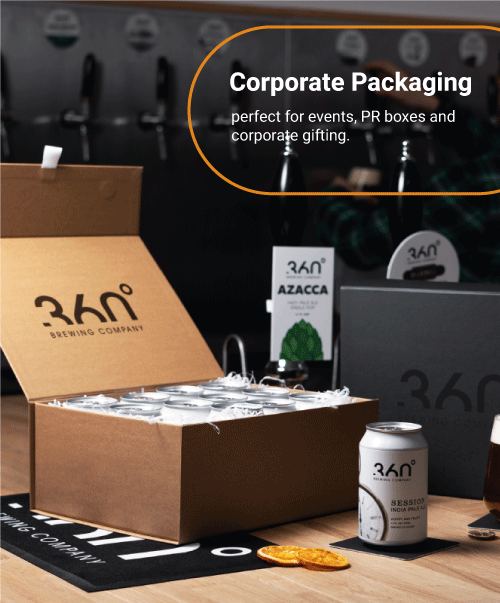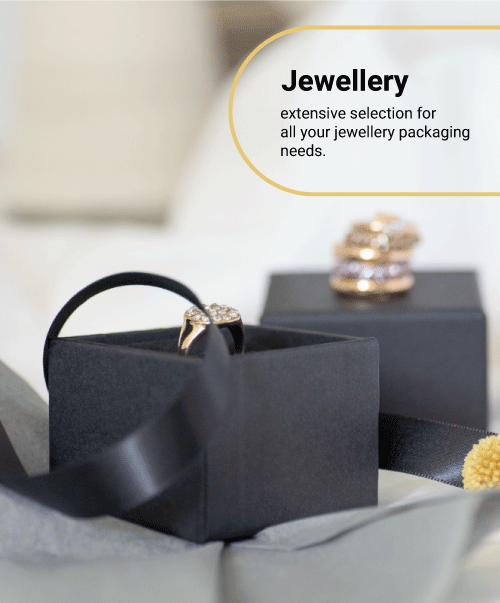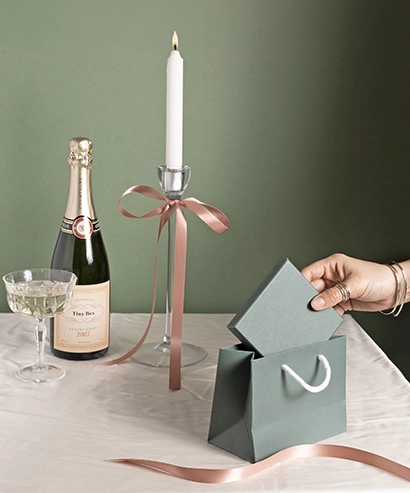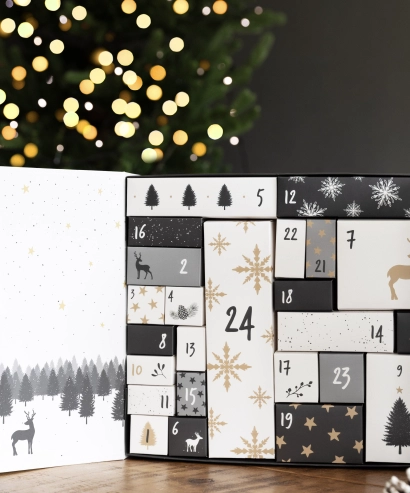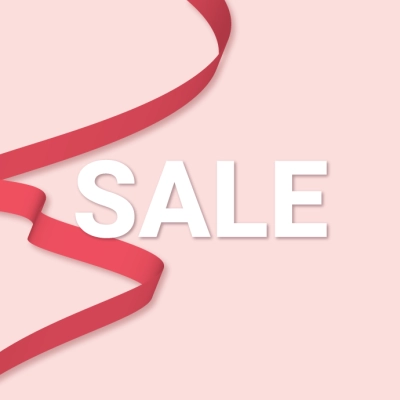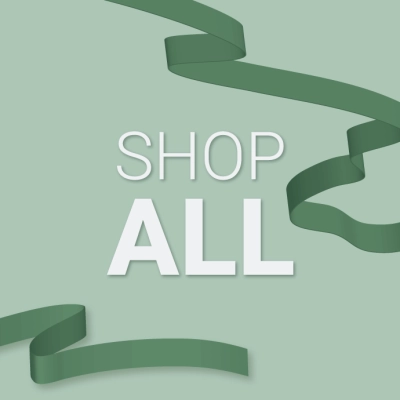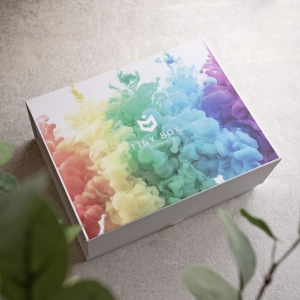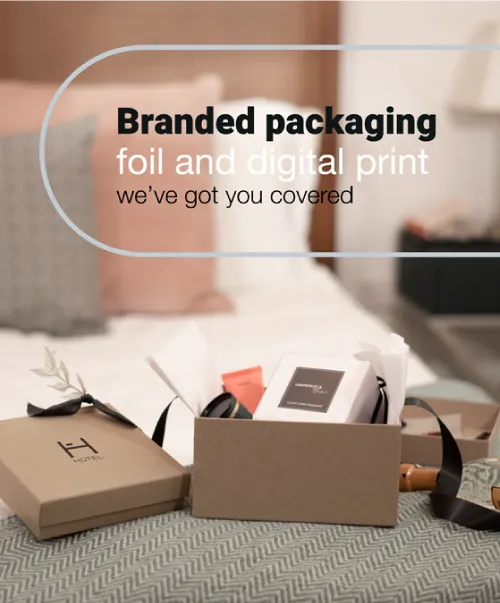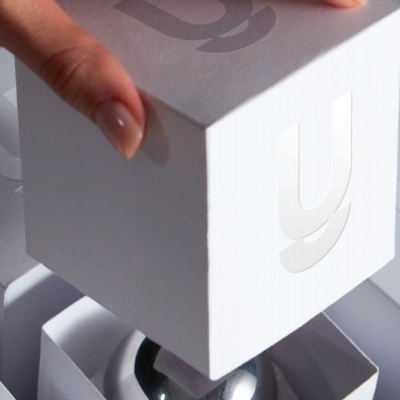I’ve touched on brand in a previous post but it really is a massive topic in its own right and deserves its own blog. In this article, I’m going to explain what a brand or brand identity is and why you need one even if you’re a tiny one-man/woman-band.
What is a brand?
Your brand is not your logo. Your logo is part of your brand but your brand, as a whole, runs so much deeper. Your brand is your business’s personality and is what separates you from your competition. Think about it: you feel more connected with people you identify with. It's the same with brands. Who did you last buy a product from? Think about why you went to that company when you could have bought exactly the same thing somewhere else.
If you feel like a brand "gets" you, you're much more likely to buy their products and become brand ambassadors. Brand ambassadors are the people who talk about your brand on your behalf. Referrals and recommendations by people who love your brand are more valuable than any advertising you can do.
Key brand elements
- Visual Brand identity
- Brand voice and personality
- Brand Values
- Brand Message
Once you have developed your brand, these elements will form the core of all your communications; on your website, in your social media and advertising and in the way that you and your employees do business.
Creating a brand sounds complicated and corporate but for small companies, it doesn’t have to be. Chances are that your brand will emerge out of your own personality. But you need to structure it and plan it.
How do I go about this?
When you sit down and create a brand that encompasses and communicates what your business does, it helps to ask yourself the following questions.
1. How are You Different?
This can sometimes seem like an intimidating question but we can all offer something others don’t. Ask yourself what your business that your competitors can't. Are your products handmade? Do you use sustainable materials? Are you able to be really competitive on price? Put these differences at the core of your offering and make sure your brand communicates them. This is very important in order to make you stand out when it’s time for your potential customer to make their purchase.
2. Who is Your Ideal Customer?
This is possibly a whole topic in itself but it is really important. In order to know how to speak to people, you have to know who they are. How much are they able to pay for your product? Where are you likely to find them? Do they value convenience most or do they value ethics? Find out about your audience - use your Facebook / Instagram analytics to find out their age and gender. Notice how your social media followers speak to each other and look at what other brands they follow. Ask them questions. Don’t be shy – people love talking about themselves.
3. Do you solve a problem and if so, what?
We buy some things because we just like the look of them but often it is to solve a problem. A piece of jewellery to complete an outfit for an event. A bunch of flowers, delivered the very next day for a friend who is feeling down. A sauce to liven up a meal after a hard day.
Some products, like accounting software, are obvious in how they solve problems but in fact, most items do in some way. Regardless of how your brand connects with your customers, your ability to solve problems should be at the core of your brand identity.
4. What Kind of Personality Do You Have?
I talk to people about personality all the time. Your brand’s personality is what people relate to - just like your own personality. There are probably thousands of people in the world who, on paper, are just like you with a love of prosecco and a dog that’s obsessed with crisps. But people like you because your personality makes you unique.
Business owners are scared of giving their brand a personality in case people don’t like it. It’s true – everyone might not but at least some people will. Some people will love it, relate to it and remember it. That’s better than everyone just going ‘meh’.
All of the big brands have a personality.
- John Lewis – Dependable and high quality
- Redbull - Edgy and energetic
- Under Armour – Serious and high performance
- Lush – Creative, fun and caring
- Oliver Bonas – “Work hard, play hard and be kind” as defined by them
5. How Do You Make YourcustomersFeel?
What do your most satisfied customers say about what your business and your products make them feel?
- Reassurance?
- Happiness?
- Energetic?
- Clever?
The positive emotions that you give people should be integral to your brand in all your communication. All of your imagery, including every image you post on Instagram, should reflect one of these. You can also use this emotion to inform your visual brand elements, such as colour and fonts. You might want to research how colours reflect and influence emotions.
Write it all down
At the end of this question-answering exercise, you should have a really good understanding of what goes into your key brand elements.
Write them down. Remember:
- Visual Brand identity
- Brand voice and personality
- Brand Values
- Brand Message
Then start using the answers to your questions to fill these in. Write yourself out some guidelines about how your business should communicate these - in your copy, in your imagery, in your customer services and anywhere else you do business.
Good luck!
Wanting more after this blog? Why not sign up to one of our 1-1 business or marketing consultations with Tiny Box Clinic?




